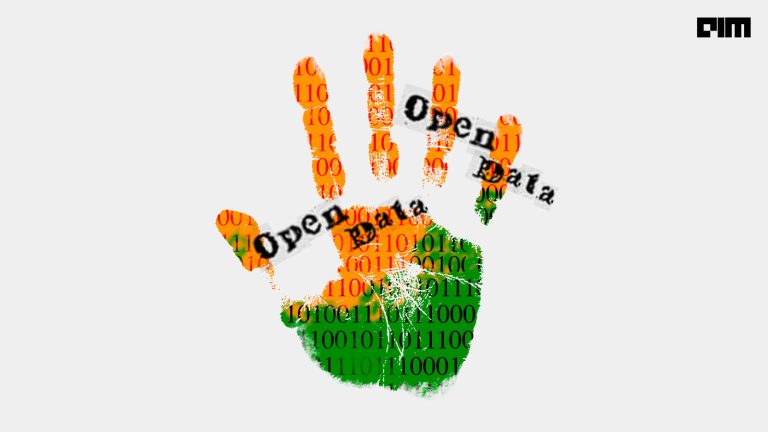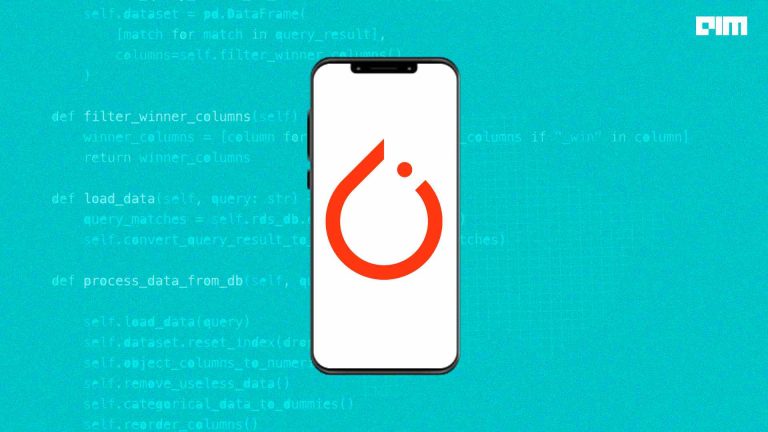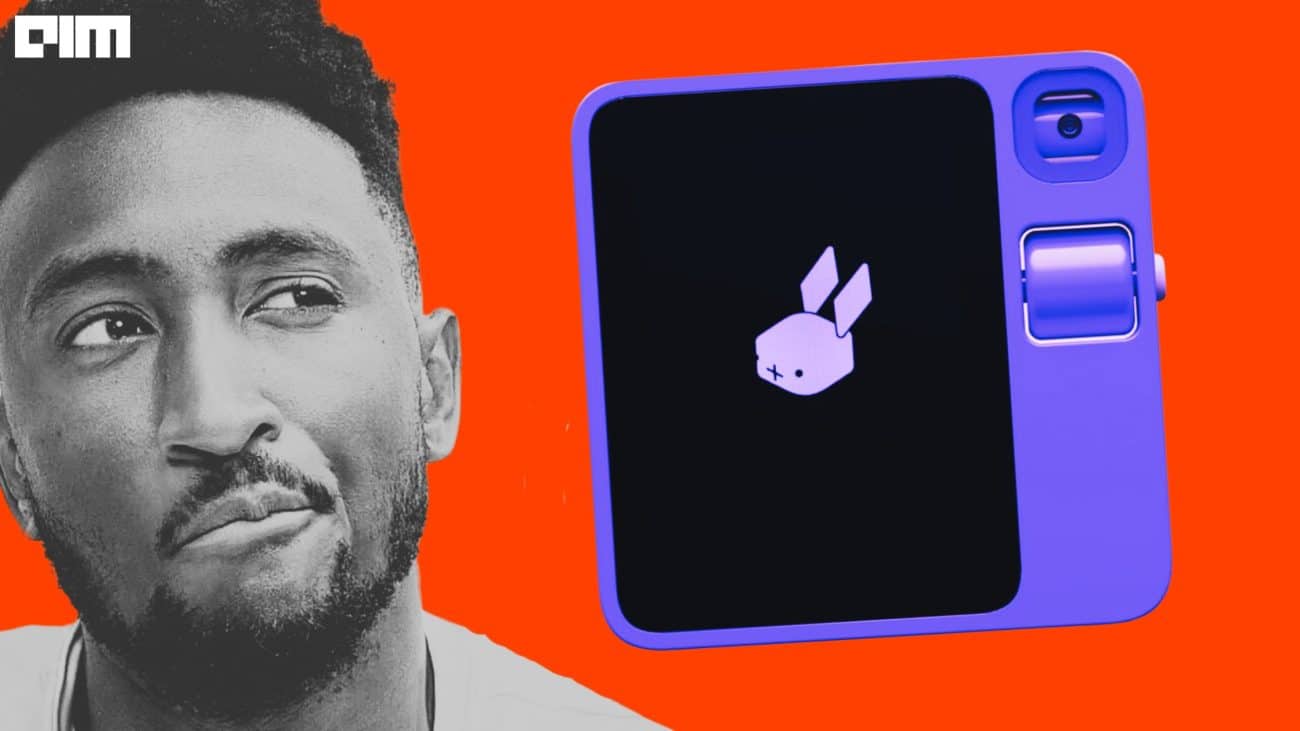Apps that can help deal with allergies or mental health issues, having a robot as a best friend, creating a rover to travel on the moon’s surface, a photon scarecrow to wave off birds and animals in the crop fields—these are some of the innovative projects by school students who were recently given the ‘Young Scientist of India” awards.
“Young Scientist India” is an innovation competition to promote science awareness, attract school students to science careers, and fill the big vacuum in research centres. The annual competition is organised by Space Kidz India supported by Niti Aayog under Atal Innovation Mission. The competition awards over half a million rupees as prizes for the best innovation. Here is the list of students and details of their project –
Under the private school category
First prize
Harshita Prasad of Class IX from Amity International School, Noida, developed an app called “Phoenix mind”, a digital BFF. Explaining about the app, Harshita said, “As a friend, the app would keep the user company, boost their morale, and help them stay happy. The app would create a video call environment, as the avatar of the virtual buddy moves and talks to the user. The user’s response, facial expressions, voice tones, and words would be observed to understand the user’s psychological state. If an unhealthy mental state is detected, it would talk to them and recommend wellness solutions.
This inspiration came from the prominent problems of stress, depression, and unhealthy psychological state of adolescents. We all know that adolescence is a very challenging phase of life and industry analysts say that 32 per cent of adolescents face depression, anxiety, etc., resulting in mental disorders and suicide attempts. The recent pandemic has aggravated this problem. This app will help in seamless integration and augment adolescents with their problems.
Sanchita Kiran, a class XI student from Delhi Public School, Rourkela, Odisha developed an app called ‘AllerGenius’ to address the health issues of allergies. Explaining the project, Sanchita said, “Allergies are almost always overlooked by everyone and sometimes even dismissed. If an allergy is not controlled, it can lead to severe health concerns and deteriorate the quality of life. One of the safe ways to deal with allergies is to control one’s diet, but that is hard, especially when it comes to packed foods. Every day, we are coming across new companies and products, and there is no way of knowing if that food item is safe for allergy-sufferers or not. AllerGenius can help as the app helps to identify the presence of allergens in packed food products. With the help of this, people with allergies can easily find food products that are suitable for them, especially in cases where allergen information is not explicitly mentioned on the packaging.”
Second prize
Mujeeb Syed Mehaantaab, a class VIII student from Paramita Heritage School, Karimnagar, Telangana, developed a “Multifunctional agricultural machine (magical hexagon)”. Explaining about the machine, Syed said, “Our goal is to design and develop innovative, low cost, portable, accessible and productively functioning agricultural harvesters for the poor farmers with the help of diagonal concurrency principle of Hexagon, which helps in finding a solution to stubble burning challenges.”
Subham, a class XII student from Police DAV Public School in Ludhiana, Punjab, developed a device called “Astra – to the stars’. Explaining the device, Subham said, “Today, when you look outside the window, stars are not visible due to clouds, pollution or city lights. So people are denied information about the star that they are grazing at. However, this device helps them when they point out toward the star with a laser.”
Third prize
Joy Chaudhary, a class XII student from Army Public School, Shankar Vihar, New Delhi, has developed a device, ‘Smart Braille Display’. Joy explained the project, “In India, 1.99%, about 4.8 million of the population, are visually challenged. Today, almost all the work is done using digital devices, and the old paper-based Braille Script is getting outdated. To make digital documents and online material more accessible to people who are blind, I have developed a ‘Tactile Display’ with the help of people who can read digital text and documents. The device can display each braille character by rotating disks to correct the configuration. It is an inexpensive and robust solution.”
Under the government schools category
First prize
Lena Lenin, a class X student from KV CRPF Pallipuram, Kerala, developed a device to prevent red palm weevil attacks in coconut trees. “Our project aims to control pests without polluting the environment and maintain a sustainable ecosystem. It aims to attract the weevil trap and destroy the pest. We use incandescent white light that attracts the pest. It contains a trap made of a steel net in which the weevil can enter but cannot exit. The inner portion of the funnel-shaped trap is sharpened with a spike, preventing the exit. The trapped weevil is destroyed by the fumes generated automatically,” explained Lena.
S Ram Viyaas of class X from Chinmaya Vidyalaya PACR Matric Hr. Sec. School, Tamil Nadu, developed a project on robotics called ‘AID’. Explaining the project, Ram said, “I am using Raspberry Pi for our robot, which can recognise the input given by the user through a mic and give output through the speaker. It can chat with you and search for anything on the internet and replay through a voice like Alexa and Google assistant. It can also relieve depression by having conversations with you; it can set reminders to take medicines at a time; if the user had a heart attack or any other medical difficulties, the robot alerts your relatives and the ambulance and sends your location. If burglars attack the house, the robot alerts the police and sends the location. I am using Raspberry Pi as hardware, which is used to interface the speaker and mic for output and input, and I have used Raspbian OS to run the Pi, and we have programmed the whole project with Python. My code will first analyse the input and convert speech to text, and then it processes using the Google server. The device first gives us output in text, and then it converts to speech.”
Second prize
Faisal Raiyan of class IX from Syed Abid Hussain Senior Secondary school, New Delhi, developed “The Photonic Scarecrow” device. Faisal explained the device, “The Photonic Scarecrow is a fully automated device that captures its surroundings with its 2MP night vision camera. It then sends the feed to Raspberry Pi Zero to hunt for the animals/birds. The Raspberry Pi recognises animals/birds and sends its coordinates to the servo motors. There are two SG90 servo motors for rotation in the X and the Y axes. The Pi simultaneously switches on the laser beam, and the servo motor takes the correct position. Once the Pi gets no movement from the camera feed, it goes back to the monitoring mode to conserve energy. The solar panel charges the 800 MaH Lithium-Ion battery during the daytime while simultaneously hunting for movements. The Photonic Scarecrow can be used anywhere in balconies or big farms.”
Mohammed Safuvan, a class XI student from GHSS Manathala, Thrissur, developed a device called ‘Rasolar’. Explaining about the project, Mohammed said, “Basics of my idea is the radiation coming from the solar wind, which hits a low ionised metal surface, and the electrons present in the metal surface begin to move with high kinetic energy. With that, using the device, we produce energy from the solar wind. I got the inspiration when I studied the gold foil experiment.”
Third prize
3rd prize winner
Hari Priya S, a Class XII student from SV G School in Tamil Nadu said that she wanted to reduce petroleum-based plastic instead use biodegradable plastic. Explaining about the product, she said, “I was heartbroken to see the petroleum-based plastic pollute the water body and the animals eating plastic and dying because of our selfish needs. So I was inspired to produce biodegradable plastic”.
Special prize
Anish Kumar, a class XI student from Wisdom World School, Pune, developed “Camelum”, a space science project. Explaining about the project, Anish said, “My project is about a vehicle that can move on any terrain, whether on the Moon or the Mars, ensuring that the vehicle does not roll over or become unbalanced in any circumstance. Taking inspiration from Chandrayaan-2—where we lost communication with the lander due to a software error as the lander veered off its course and crashed 750 metres away from where it was supposed to land—to solve the problem, I decided to design the rover, where in case of any communication loss, the rover can handle itself and try to re-establish contact. In simple words, if the rover is kept safe, it is capable of establishing contact again, despite any damage.



















































































